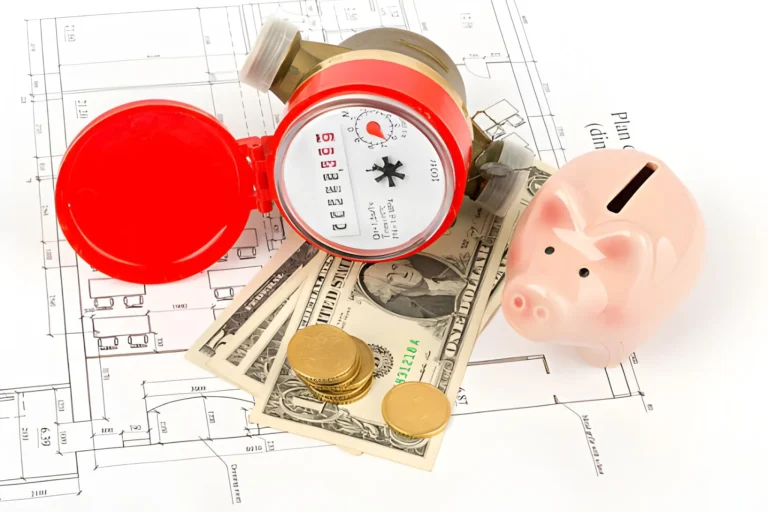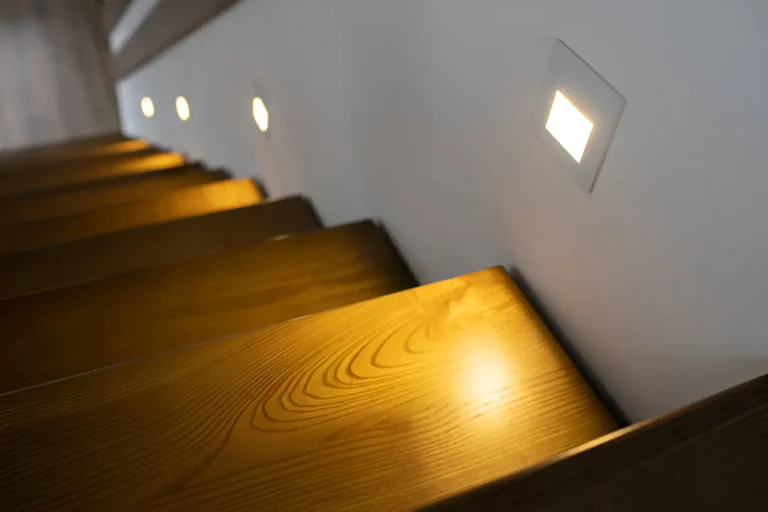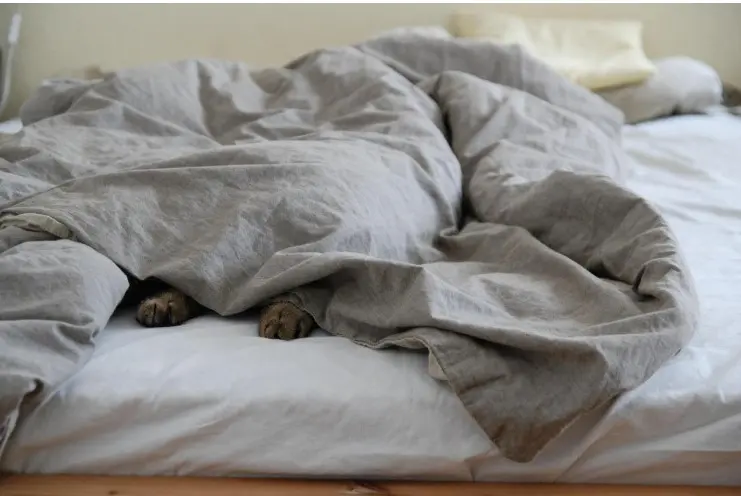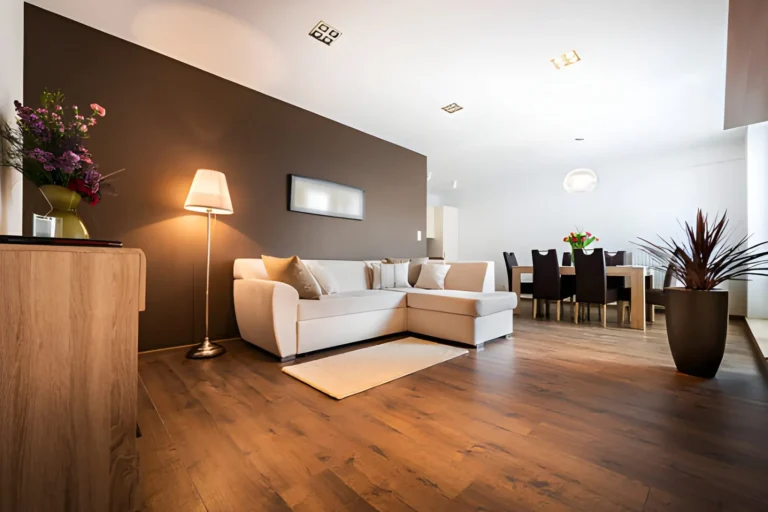Estimating the True Cost of Painting Your Home’s Exterior
Table of Contents
- Size and Layout of Your Home
- Type of Siding Material
- Quality of Paint
- Extent of Prep Work Required
- Labor Costs
- Additional Factors Affecting Cost
- Cost-Saving Tips
- Conclusion
Painting the exterior of your home is more than just a design upgrade it’s an investment that helps maintain and protect your house from harsh weather, pests, and wear. However, the cost to paint your home can vary widely based on numerous factors, making it essential to understand the key elements that influence the overall expense. Armed with the correct information and a realistic budget, homeowners can ensure a durable, beautiful finish without unexpected costs.
An accurate estimate is the foundation of a smooth painting project. Budgeting effectively starts with knowing the most significant drivers of price, from the size and shape of your home to the material of your siding and the quality of paint you select. Each of these factors, alongside detailed preparation work and professional labor, can significantly impact the final total. To demystify the process, we take a detailed look at each crucial component affecting the total cost and offer concrete tips to save without compromising on results.
Size and Layout of Your Home
The square footage of your home is the most direct factor in determining the painting cost. Larger homes demand more paint, more labor, and additional equipment, all of which can significantly expand your budget. For example, painting a smaller, single-story home of 1,000 square feet may range from $1,500 to $4,000, whereas a more expansive 2,500-square-foot home can cost anywhere between $3,750 and $10,000. Homes with complex architectural features, multiple stories, or hard-to-reach areas will incur additional costs due to extra setup time and safety considerations.
Type of Siding Material
The siding material on your home’s exterior also has a strong influence on final costs, mainly due to the differences in preparation, primer needs, and paint absorption:
- Wood Siding:Priced at about $1 to $3 per square foot. Wood needs ongoing maintenance but offers a classic appearance when painted.
- Vinyl Siding:Runs from $1.25 to $3 per square foot. Vinyl is often painted to update the aesthetic at a lower cost than replacement.
- Brick:Typically $1.50 to $4.50 per square foot. Brick is porous, which means it usually needs more coats and primer.
- Stucco:About $1.50 to $4 per square foot. Proper preparation is crucial for achieving even color and durability.
Additional information on material considerations can be found in resources such as HGTV’s guide on painting the exterior of a house. Each siding option comes with its own unique balance of cost, durability, and aesthetic value, so it is essential to weigh both immediate expenses and long-term maintenance costs. Taking time to match the right paint with your siding material can help maximize results and extend the life of your investment.
Quality of Paint
Choosing a high-quality paint may increase your upfront expenditure, but the payoff is often in longevity and appearance. Premium exterior paints provide better coverage, hold color longer, and resist weathering more effectively than bargain alternatives. While it may feel tempting to save on paint, the potential for more frequent repaints and poor protection usually results in higher lifecycle costs and reduced home value, as highlighted by Better Homes & Gardens. Investing in the right paint also minimizes maintenance demands, keeping your home’s exterior looking fresh with less effort. Over time, this wise choice not only preserves curb appeal but also protects your property’s overall structural integrity.
Extent of Prep Work Required
Preparation is the hidden engine behind a long-lasting, attractive paint job. Proper prep minimizes the risk of future peeling, blistering, or fading. Steps might include scraping away old paint, sanding surfaces, filling holes and cracks, replacing any rotting wood, and thorough cleaning. The complexity and amount of prep work can add 30% to 50% to your bill, especially for older homes or those suffering from deferred maintenance. Nevertheless, skipping steps here is likely to result in premature failure of the new paint layer.
Labor Costs
Labor, which often accounts for 70% to 80% of the total cost, is the largest single expense in exterior painting. Rates will vary depending on the contractor’s experience, certifications, and local market rates, typically ranging from $20 to $50 per hour. Highly skilled pros may charge more, but they offer critical benefits like proper prep, efficient application, and the expertise to handle challenging surfaces. Always ask about warranties and insurance coverage before signing a contract to ensure long-term peace of mind.
Additional Factors Affecting Cost
- Geographic Location:Regional differences in labor costs and material availability can swing your budget either way.
- Accessibility:Difficult-to-paint areas or homes close to trees and shrubs often require scaffolding or lifts that add to the overall expense.
- Weather Conditions:Ideal weather is necessary not only for the paint to cure well but also for efficient labor. Extreme temperatures or wet climates may delay the project and increase costs.
Cost-Saving Tips
- Solicit at least three quotes from reputable, licensed contractors to compare rates and scopes of service.
- Schedule work during less busy times of the year, such as late fall or early spring, when contractors are more likely to give discounts.
- Take on simple prep tasks yourself, like washing the exterior or covering shrubs, to cut down on hourly labor charges.
- Select colors that require fewer coats and choose paints known for strong coverage. Neutral shades often provide better coverage and make touch-ups easier in the future.
Conclusion
Understanding the full spectrum of costs allows homeowners to plan with greater accuracy and avoid unwelcome surprises. By carefully evaluating home size, siding type, paint quality, the extent of prep, and labor costs, you can approach your exterior painting project with clarity and confidence. For help tailoring your budget and expectations, use a dedicated estimator tool like this cost to paint your home calculator. Taking the time to research and plan ensures a beautiful outcome that protects your investment for years to come.
Read more: Achieving Your Weight Loss Goals: Tips for Long-Term Success » Dunkin Donuts
Plumbing Repair & Installation: Smart Solutions » Dunkin Donuts
Practical Strategies for Managing Migraine Triggers In Everyday Life » Dunkin Donuts






